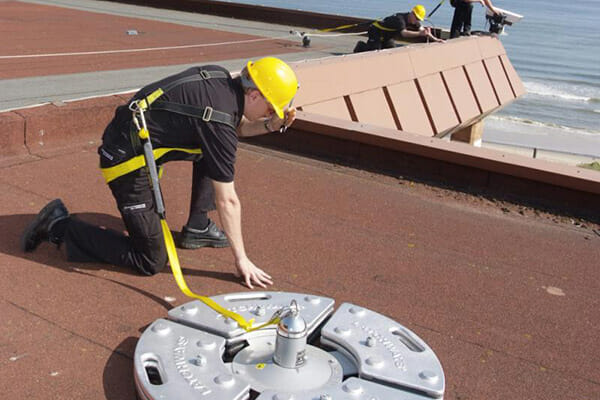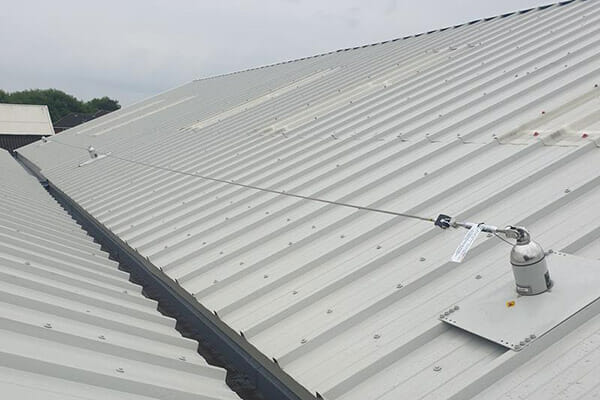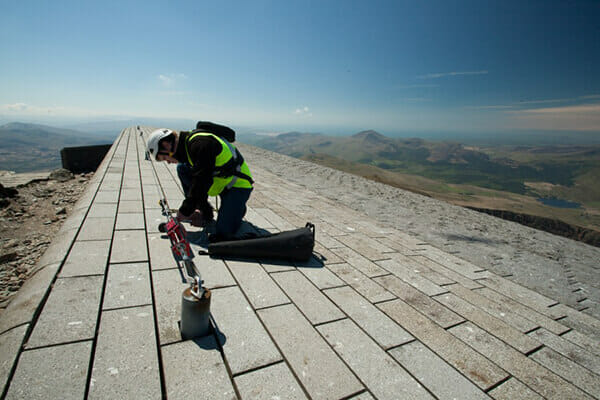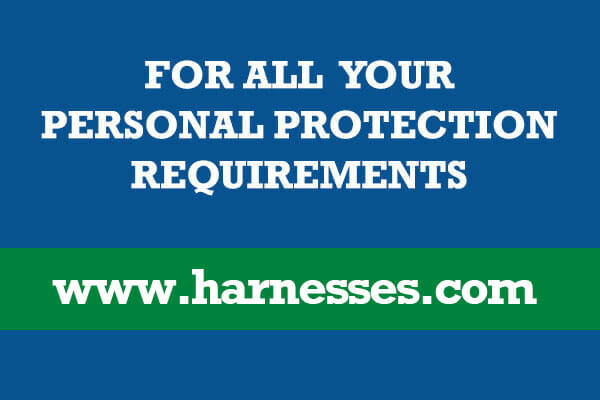Working Conditions.
Working conditions will vary from site to site, and each variation can affect the level of risk involved in window cleaning activities. Before beginning any task, it is essential to assess how the specific site conditions will influence the controls you need to implement.
Key considerations include:
1. Height
-
How high is the work area from ground level?
-
Does the height require specific access methods, equipment, or fall protection systems?
2. Access
Evaluate how workers will safely reach and leave the area at height.
Consider:
-
Whether access is safe and direct (e.g., cradle operators must not climb over the building edge to enter a cradle)
-
The presence of fragile surfaces, skylights, or roof lights
-
Obstructions that may restrict safe movement
-
Proximity to overhead power lines, which may require additional exclusion zones
3. Location
Different environments present different risks. For example:
-
Busy city centres require controls to manage traffic and pedestrian movement
-
Industrial estates may have vehicle movements, machinery, or restricted access zones
-
Domestic properties may have limited space or uneven ground
Always consider:
-
The time of day the work will take place
-
Methods for preventing public access to the area below
-
Controls to minimise the risk of falling objects striking people or property
4. Weather Conditions
You must have procedures in place to stop work during unsafe weather, including:
-
High winds (particularly for MEWPs or suspended access equipment)
-
Heavy rain
-
Lightning
-
Extreme temperatures affecting equipment or worker safety
Weather can significantly affect stability, visibility, and the safe use of access equipment.
5. Surface Conditions
Assess the surface on which equipment will rest:
-
Is it strong enough to support the weight of workers and equipment?
-
Are there underground hazards such as service ducts, voids, or drainage pipes?
-
Is the surface stable, or could it shift under load?
6. Ground Conditions
Evaluate whether the ground where access equipment will be placed is:
-
Sloping
-
Soft, muddy, icy, or uneven
-
Capable of supporting the safe setup of ladders, MEWPs, or platforms
Any access equipment used must be suitable for these conditions — it must remain stable, level, and not at risk of collapse or overturning.
7. Tools & Materials
Plan how tools and materials will be:
-
Transported safely to and from the work area
-
Secured during use
-
Prevented from being dropped
Using tool lanyards, secure storage, and proper lifting methods helps prevent falling-object hazards.





